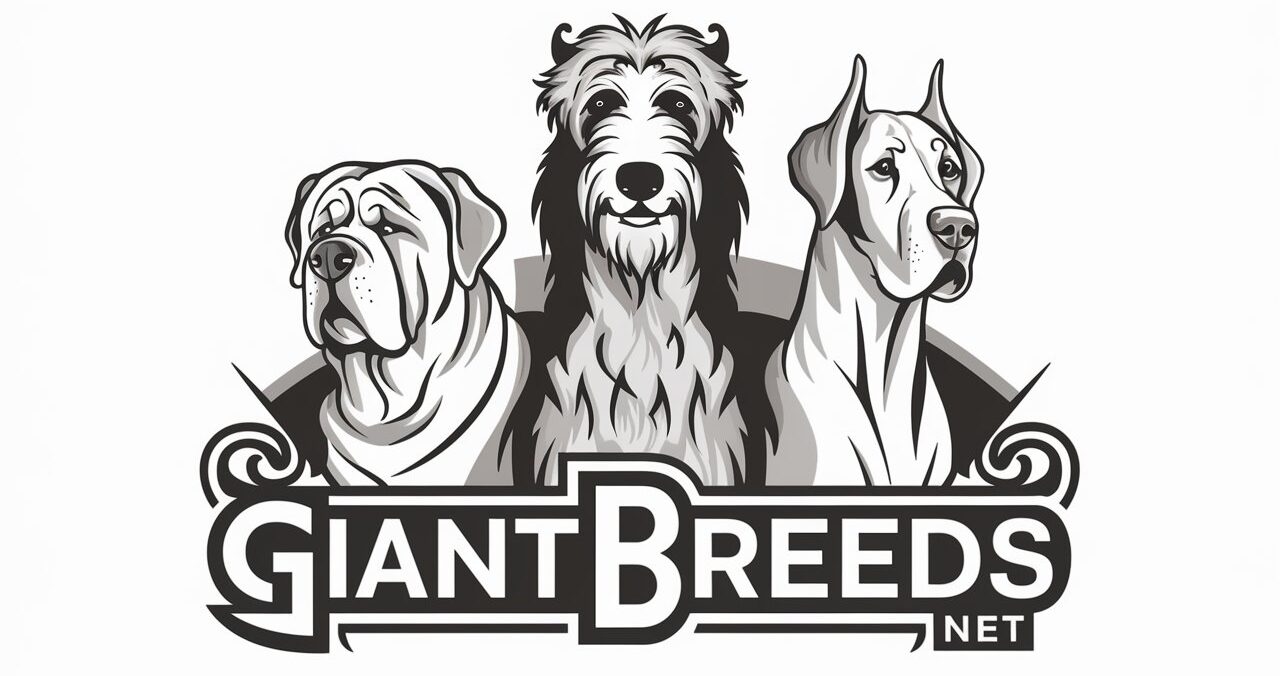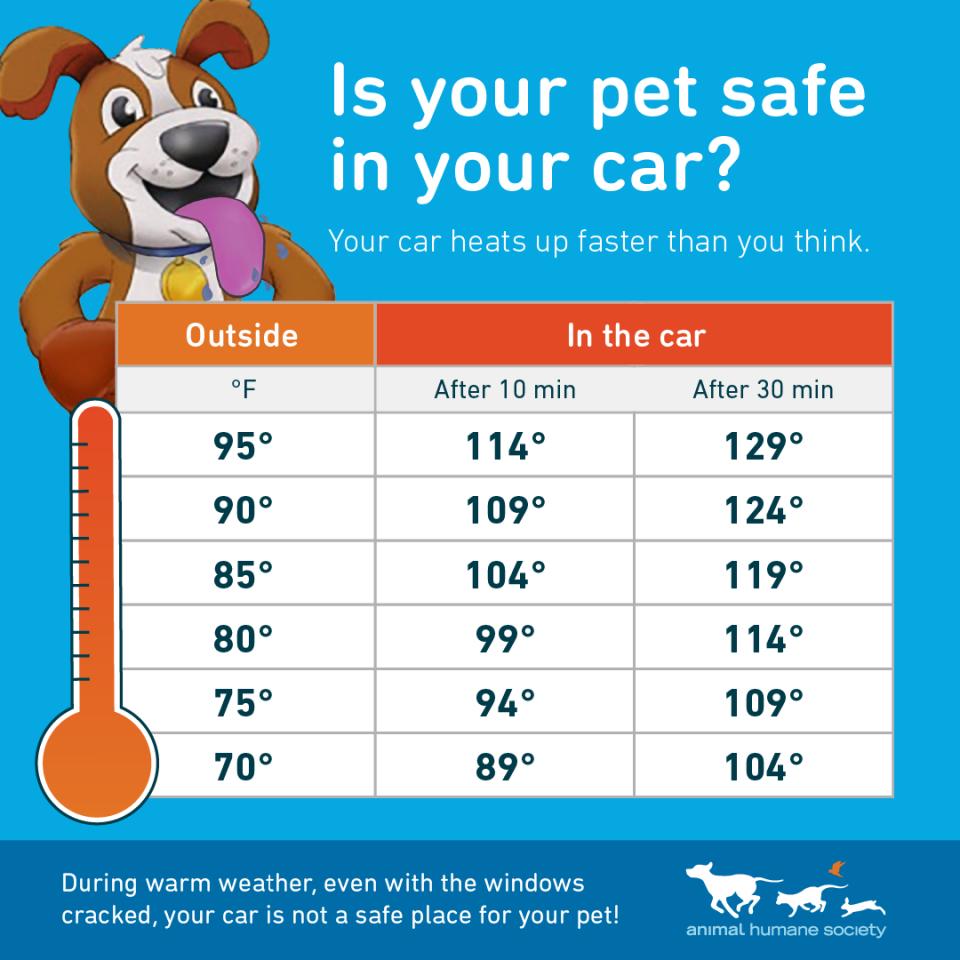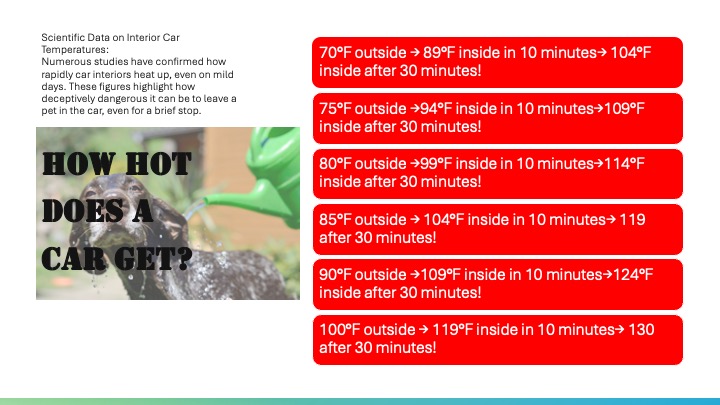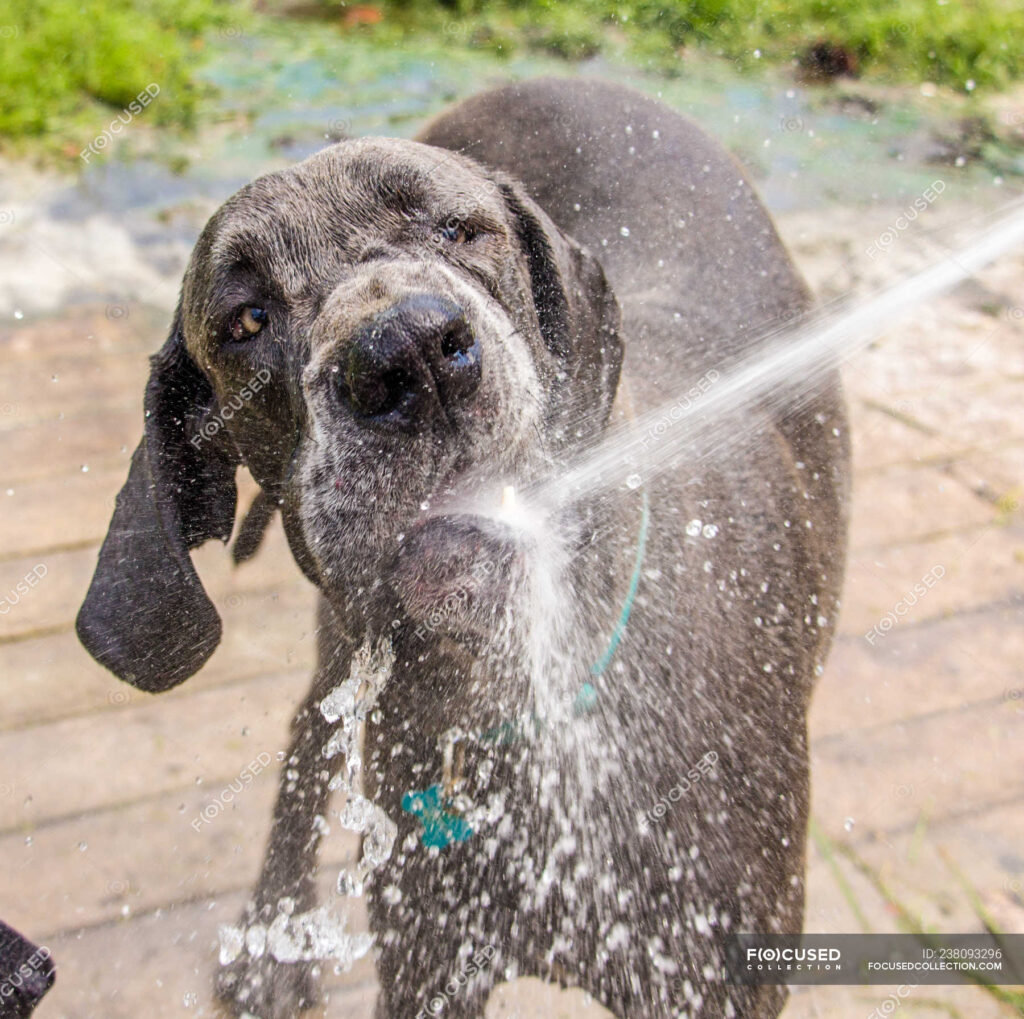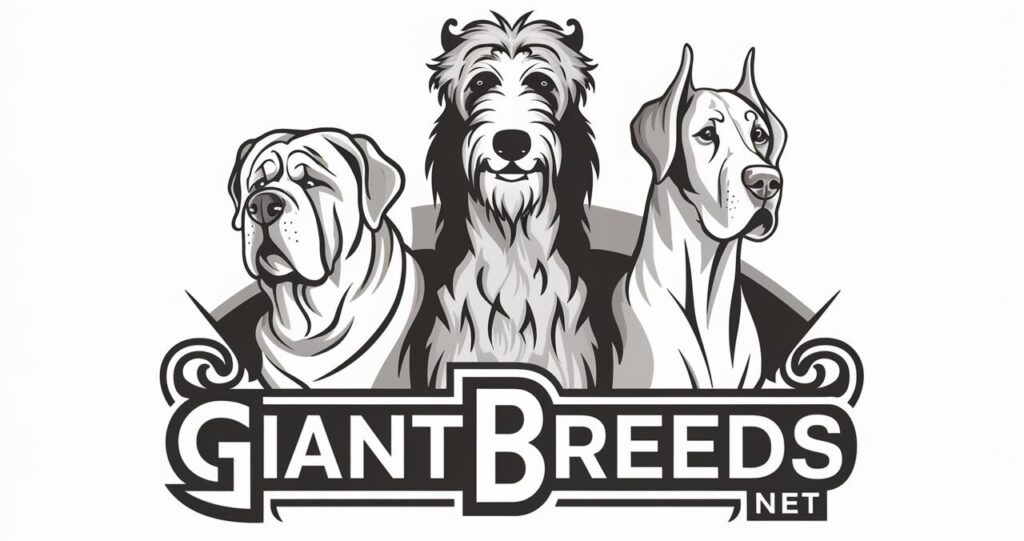
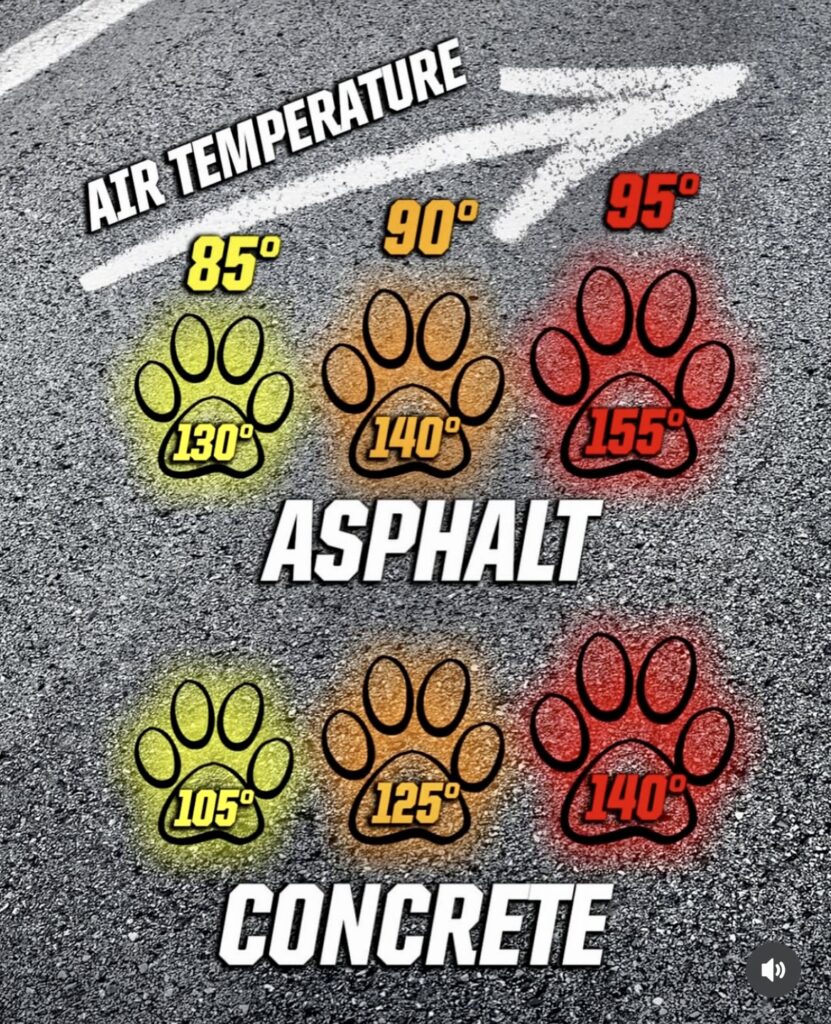
It’s not that hot???
It happens every summer—the well-meaning dog owner takes their giant-breed companion out for a quick walk, only to realize too late that the pavement beneath their paws is scorching. The truth is surfaces like asphalt and concrete heat up dramatically faster than the air around them—and they retain that heat long after the sun starts to dip. Giant breeds, with their heavy frames and sensitive, thick paw pads, are particularly vulnerable.
There’s a dangerous myth floating around: “It’s not that hot” or “We’ll only be out for a few minutes”. But when that sidewalk hits triple digits, mere seconds can cause pain, burns, and lasting damage. Even cracking temperatures in the shade doesn’t guarantee safety for their paws. It’s time we pay attention—not just to the air temperature—but to what our dogs are really walking on.
Definition: Surface Temps vs. Air Temps
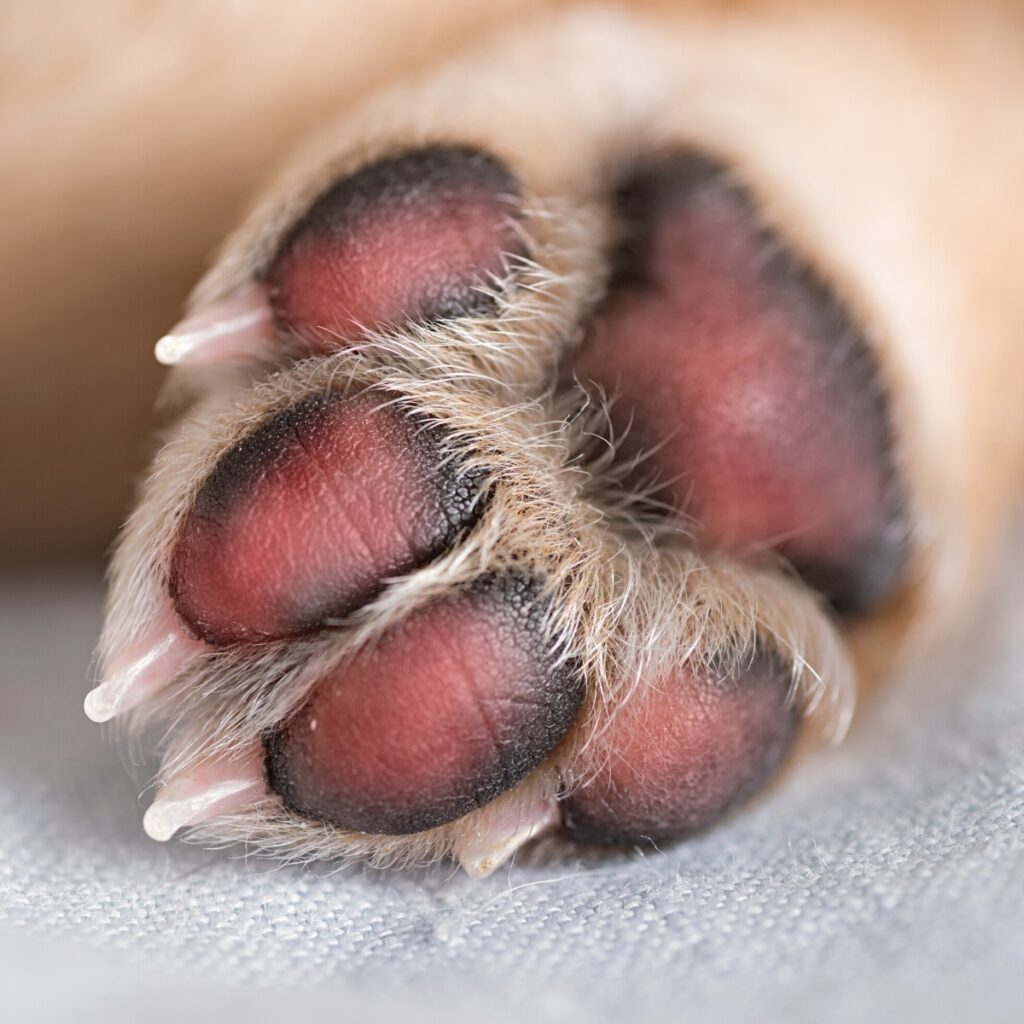
You might check the forecast and think 85°F sounds perfectly reasonable for a quick stroll. But here’s the hard truth:
- When it’s 85°F in the air, asphalt can reach 130°F.
- Concrete, slightly better, still climbs past 105°F.
- Sand, artificial turf, truck beds, or metal surfaces can soar just as high—or higher.
Giant breeds are especially at risk. Their heavier body weight presses paw pads deeper into hot surfaces, increasing burn potential. Despite their larger pads seeming tougher, they are not immune. Blistering, cracking, and burns can happen fast, especially when owners underestimate surface temperatures.
Symptoms of Burned Paw Pads
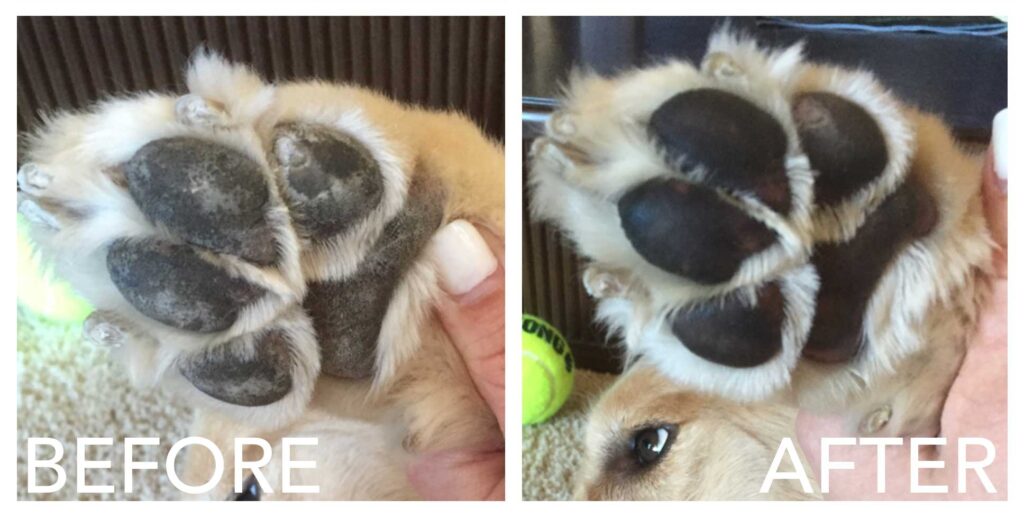
Curtesy Natural Dog Company
Unlike humans, dogs can’t tell us their feet are on fire—they show it. Watch for:
✔ Limping or hesitation to walk
✔ Darkening or unusual discoloration of paw pads
✔ Blisters, peeling, or visible raw spots
✔ Constant licking or chewing at paws
✔ Whining, pacing, or refusing to move
If your dog shows any of these after a walk, they may already be burned. Early action is critical to prevent infection and prolonged pain.
Prevention: The 7-Second Rule & Smart Walks
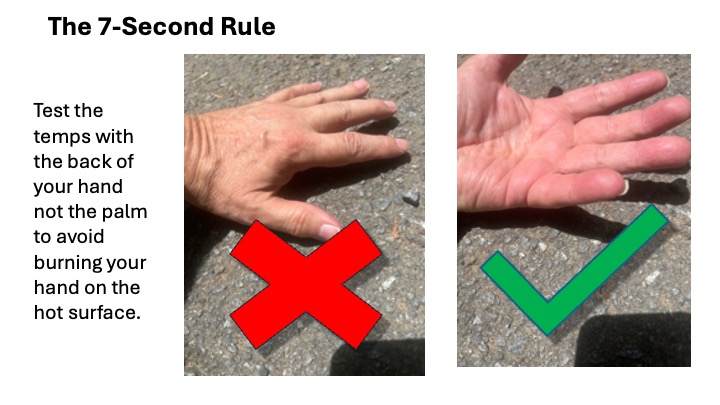
Protecting your dog starts with a simple, proven test: Place the back of your hand on the walking surface for 7 seconds. If it’s too hot for your skin, it’s too hot for paws—period.
Other prevention tips:
✅ Walk during the cooler hours: early morning or after sunset.
✅ Stick to grassy areas, shaded paths, or dirt trails.
✅ Avoid dark surfaces like asphalt during peak heat.
✅ Consider protective dog booties—but remember, they can trap heat too.
✅ On high-risk days, keep walks short and focus on mental stimulation indoors.
Pet Burns and pet first aid
Surface Temperature Chart – Based on 85°F Air Temp
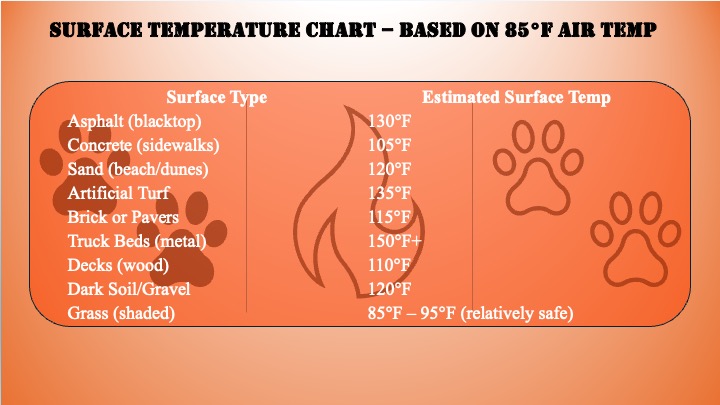
| Surface Type | Estimated Surface Temp |
| Asphalt (blacktop) | 130°F |
| Concrete (sidewalks) | 105°F |
| Sand (beach/dunes) | 120°F |
| Artificial Turf | 135°F |
| Brick or Pavers | 115°F |
| Truck Beds (metal) | 150°F+ |
| Decks (wood) | 110°F |
| Dark Soil/Gravel | 120°F |
| Grass (shaded) | 85°F – 95°F (relatively safe) |
Dog Paw Injury? This ‘Magic Cream’ Heals Fast at Home!
Pet First Aid: How to bandage your pet’s paw in case of emergency
Pads of Oklahoma dog’s paws burned on hot concrete
How to treat a dog burn or scald
Products to Help Protect Paws
When the pavement feels like a stovetop, prevention isn’t optional—it’s essential. Luckily, there are tools to help.
Dog Booties: Heat-resistant, breathable booties can create a barrier between your dog’s paws and hot surfaces. But choose carefully—not all booties are created equal. Look for ventilated options that don’t trap excess heat inside.
Paw Waxes & Balms: These provide a mild protective layer, useful for short outings or moderate temperatures. They’re not foolproof, but better than bare paws on baking sidewalks.
Portable Temperature Guns: Clip one to your leash or toss it in your bag. A quick surface scan tells you exactly how hot that asphalt, sand, or turf is before risking your dog’s feet.
Cooling Mats & Pads: After a walk, your dog’s paws—and body—will need a cooldown. Cooling mats give them a comfortable, safe place to rest and recover.
Side Bar:
Paw Protection: Is Vaseline Safe?
Many owners wonder if they can skip specialty balms and just use something they already have at home—like Vaseline. The short answer? Yes, Vaseline (petroleum jelly) is safe in small amounts and can offer a temporary moisture barrier against dry or mildly abrasive surfaces. It’s non-toxic if licked in small amounts and does help with minor cracks or dryness. But here’s the downside: it melts quickly, especially on hot surfaces, and doesn’t offer the same heat resistance or lasting protection that dedicated paw waxes do. It’s also slick, which can reduce traction, and may attract dirt or grit that worsens irritation.
Alternatives
Not every dog tolerates boots, especially giant breeds who aren’t used to having something strapped to their feet. As an alternative, owners can look for protective paw waxes like Musher’s Secret, which create a breathable barrier without restricting movement. Dogs with sensitive paws may also benefit from lightweight silicone paw pads or temporary rubber slip-ons made specifically for hot sidewalks. While these don’t offer as much insulation as boots, they can reduce direct contact and lessen damage risk. For routine outings, the safest bet is still to choose cooler walking times and grassy or shaded paths whenever possible.
Action—When to Call the Vet
Despite your best efforts, accidents happen. If your dog shows signs of burned paws, don’t gamble with home remedies—get professional advice fast.
Here’s what to ask your vet:
✔ Does my dog need immediate medical treatment?
✔ Are there signs of infection, like swelling, redness, or discharge?
✔ What first aid steps should I take while transporting them?
Quick action can prevent minor burns from becoming serious, painful injuries. If in doubt, always err on the side of caution—especially with giant breeds, whose size can hide symptoms until the damage is advanced.
Veterinary Treatment for Burned Paws
Burned paw pads are excruciating for dogs—and untreated, they can lead to infection, mobility issues, and long-term sensitivity. Your vet may:
✔ Administer pain relief to reduce discomfort
✔ Clean wounds and apply antibiotic treatments
✔ Bandage the paws to prevent further injury
✔ Use protective coverings to aid healing
✔ In severe cases, sedation may be necessary for cleaning or wound care
Burns may seem like a minor injury, but for a dog—especially a giant breed—their paws are their foundation. Keep them protected, and they’ll stay moving safely for years to come.
Home Remedies
See the Vet!
If you suspect your dog’s paw pads are burned, immediate action matters:
✔ Cool the paws gently with lukewarm water—avoid ice-cold water, as it can cause shock or worsen tissue damage.
✔ Use a soft cloth to pat dry, then clean the area with a mild, pet-safe antiseptic.
✔ Monitor closely. If blisters, limping, or visible damage persists, call your vet. Better to be safe than sorry—paw burns can worsen quickly.
DIY Paw Balm at Home
For owners who prefer a natural or budget-friendly approach, DIY paw balm recipes are simple and effective. A basic formula includes:
1 part beeswax
2 parts coconut oil
1 part shea butter or olive oil—gently melted and poured into a small container.
Let it cool, then apply a thin coat before walks. This blend creates a protective barrier, moisturizes dry pads, and is safe even if licked. Some owners add calendula oil or vitamin E for extra soothing power, especially after minor burns or irritation. Just remember homemade or store-bought, these products help—but don’t replace smart surface choices and temperature awareness.

Calendula oil
Risk Factors
Some dogs are simply more vulnerable:
⚠ High body weight presses paw pads deeper into hot surfaces, increasing burn severity.
⚠ Dogs with dark coats absorb heat faster, raising their overall body temperature during walks.
⚠ Urban settings loaded with asphalt, concrete, or artificial turf create heat traps.
⚠ Humid climates or heat waves intensify surface temperatures—don’t rely on air temp alone.
Genetic and Breed Considerations
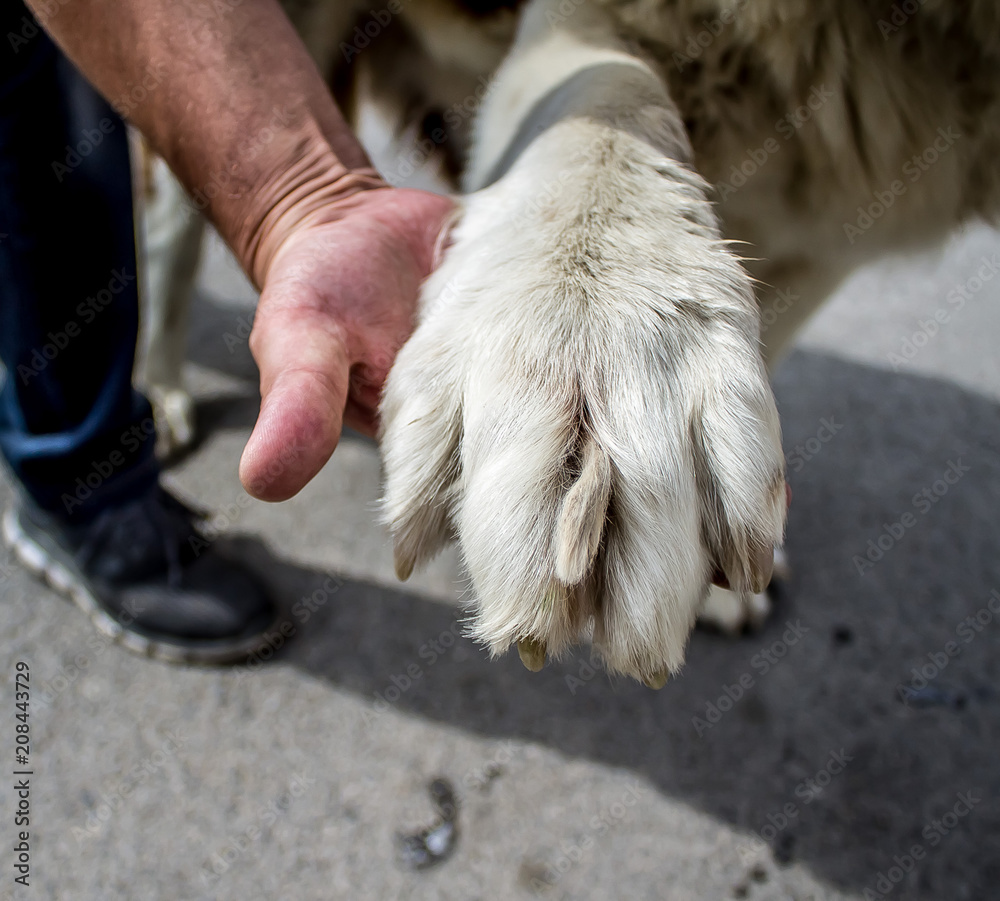
Not all dogs handle heat equally giant breeds face unique risks:
🐾 Heavy-coated breeds like Saint Bernards or Leonbergers retain heat, making cooling harder.
🐾 Flat-faced or large-bodied dogs (Cane Corsos, Mastiffs) struggle with heat dissipation.
🐾 Dogs with joint problems may resist lifting their paws or seeking cooler ground, increasing burn risk.
Psychological Factors
Behavior can complicate prevention:
💭 Some dogs fear or reject protective booties, especially if they’ve never been introduced properly.
💭 Previous burns or painful walks can create lasting anxiety, making leash training harder.
💭 Always use positive reinforcement when introducing protective gear—never force it, or fear may worsen.
Surgical Options
In severe cases, burns can go beyond basic care:
🩺 Deep burns may require surgical debridement—removing damaged tissue to prevent infection.
🩺 In extreme situations, reconstructive procedures or skin grafts may be needed.
🩺 Prevention is always better than these painful, expensive treatments.
Monitoring
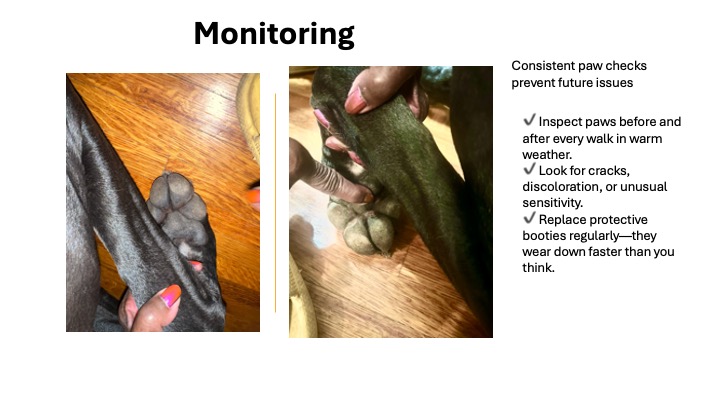
Hand examines Paw
Consistent paw checks prevent future issues:
✔ Inspect paws before and after every walk in warm weather.
✔ Look for cracks, discoloration, or unusual sensitivity.
✔ Replace protective booties regularly—they wear down faster than you think.
Emergency Contacts
Prepare ahead of time:
📱 Save your veterinarian’s number and nearest 24-hour emergency clinic in your phone.
📱 Research local resources for heat distress emergencies.
📱 Seconds count—having contacts ready could save your dog’s paws, or even their life.
Closing Thought
When we step outside in sandals or shoes, we forget the world feels very different under four bare feet. For our giant breed dogs, even a short walk can become a silent emergency if we don’t pay attention to the ground beneath them. A simple surface test, a shift in timing, or a patch of grass instead of pavement—these are small adjustments that protect them from pain we may never see until it’s too late. Being a responsible giant breed owner means knowing that their strength doesn’t make them invincible. It’s our job to shield them from the burn before the damage is done.

